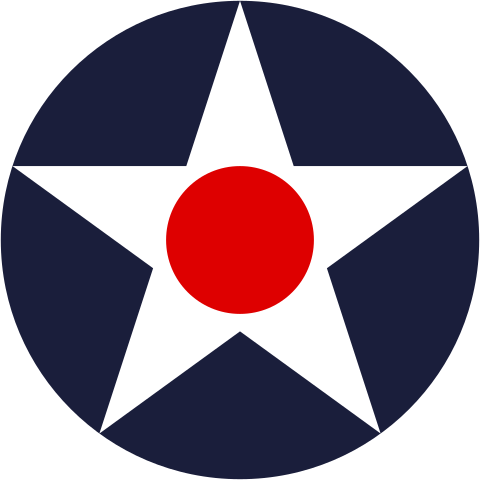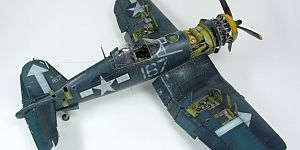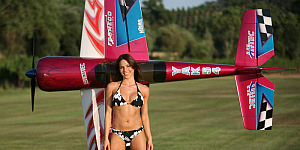de Havilland DH.98 Mosquito History
Hailed as the “Wooden Wonder,” the de Havilland DH.98 Mosquito was among the most versatile and proficient warplanes of World War II. It saw service in a countless variety of roles and enjoyed the lowest loss rate of any Royal Air Force aircraft.
Although conceived as a fast day bomber, the de Havilland DH.98 Mosquito had too good a turn of speed for its potential as a fighter to pass unnoticed, and the third of the three prototypes (W 4052), which first flew on 15 May 1941, was completed to a night-fighter configuration with AI Mk IV radar in a ‘solid’ nose.
Four hundred and sixty-six Mosquito Mk IIs were subsequently built, the first deliveries being made to No 157 Squadron in January 1942 as replacement for the Douglas A-20 Havoc. Ninety-seven Mk IIs were later converted to NF Mk XIIs with centrimetric AI Mk VIII radar, followed by two hundred and seventy NF XIIIs, the production counterpart of the Mk XII. On these subsequent radar-carrying night fighters the nose machine-guns were omitted. Other specialist night fighter models included the Mks XV, XVII (one hundred conversions from Mk II), and XIX (two hundred and twenty built), the two last-named having AI Mk X radar of US manufacture. The most numerous of all de Havilland DH.98 Mosquito variants, was the Mosquito Mk VI, of which two thousand seven hundred and eighteen were built during and after the war.
The first Mk VI was a converted Mk II (HJ 662), first flown in its new form in February 1943. Carrying the standard fighter armament, the Mk VI was able to carry two 250 lb or 500 lb (113 or 227 kg) bombs in the rear of the bomb bay, with two additional bombs or auxiliary fuel tanks beneath the outer wing sections. It entered service with No 418 Squadron in the spring of 1943. An alternative load comprised eight 60 lb (27 kg) rocket projectiles, and Mk VIs so equipped entered service with Coastal Command early in 1944 for anti-shipping strike duties. They had actually been preceded by a small batch of twenty-seven FB XVIIIs produced by converting the standard FB VI to mount a 57 mm cannon in the nose. Principal Canadian and Australian counterparts to the FB VI were the FB 26 and FB 40 with Packard-built Merlin engines.
Mosquitos were famous for their pinpoint accurate bombing raids. In January 1943 they interrupted a speech given by Luftwaffe chief Hermann Göring—then returned later that day to drop bombs on a rally given by propaganda chief Joseph Goebbels.
The de Havilland DH.98 Mosquito served in Europe, the Mediterranean, and the Pacific. After the war the Mosquito remained the fastest machines in RAF Bomber Command inventory until overtaken by Canberra jet bombers in 1951. A total of 7,781 Mosquitos were built—truly one of the world’s greatest warplanes.
| de Havilland DH.98 Mosquito Specifications |
|---|
| Aircraft Type: |
| reconnaissance |
| Dimensions: |
| wingspan: 54 ft, 2 in |
| length: 41 ft, 6 in |
| height: 15 ft, 3 in |
| Weights: |
| empty: 16,631 lb |
| gross: 25,500 lb |
| Power plant: |
| 2 × 1,710 hp Rolls-Royce Merlin 76 liquid-cooled in-line engines |
| Performance: |
| maximum speed: 425 mph |
| ceiling: 36,000 ft |
| maximum range: 3,500 mi |
| Armament: |
| 4 × 0.303 in calibre machine guns |
| 4 × 20 mm calibre cannons |
| 4,000 lb of bombs |
| Operational Use: |
| 1941–1955 |











